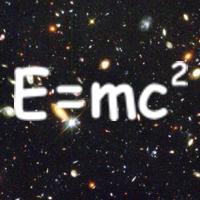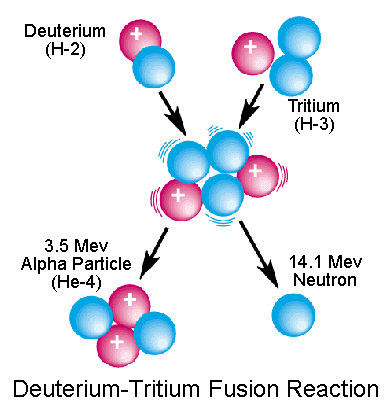 In 1929 Robert Atkinson and Fritz Houterman developed the theory of nuclear fusion. By using Einstien's discovery that E=MC² they measured the masses of two light elements and concluded that huge amounts of energy could be made by nuclear fusion. Then in 1939 the quantitative theory was developed by Hans Berthe. This theory explained nuclear fusion and contributed majorlly to the theory of nuclear reactions which is why he was awarded the Nobel Prize in Physics in 1967. Later on in the 1950's in the U.S. attempts to achieve controlled nuclear fusion were experimented by building a series of reactors. These experiments also took place in the Soviet Union, Britain, Europe, and Japan. By the 1990's several megawatts of energy were generated for a few minutes because of advanced technology.
In 1929 Robert Atkinson and Fritz Houterman developed the theory of nuclear fusion. By using Einstien's discovery that E=MC² they measured the masses of two light elements and concluded that huge amounts of energy could be made by nuclear fusion. Then in 1939 the quantitative theory was developed by Hans Berthe. This theory explained nuclear fusion and contributed majorlly to the theory of nuclear reactions which is why he was awarded the Nobel Prize in Physics in 1967. Later on in the 1950's in the U.S. attempts to achieve controlled nuclear fusion were experimented by building a series of reactors. These experiments also took place in the Soviet Union, Britain, Europe, and Japan. By the 1990's several megawatts of energy were generated for a few minutes because of advanced technology.Timeline:
1929 - Houterman and Atkinson create the theory of nuclear fusion by using Einstien's E=MC²
1932 - Oliphant discovers helium 3, tritum, and hydrogen (with heavy nuclei) can react with eachother
1939 - Berthe developed the Quantitavtive Theory
1952 - Hydrogen bomb research expanded at Lawrence Livermore National Laboratory by Teller
1958 - Scientists from America, Britain, and the Soviet began to share their research on fusion
1988 - The first plasmas were made in Tore Supra in April
1989 - Pons and Fleischmann announce their achievement of cold fusion (reactions that can happen at room temperature).
1993 - A controlled experiment using 50% deuterium and 50% tritium produces 10 megawatts of power

1 comment:
awesome project amanda!...it intimidates me!
Post a Comment